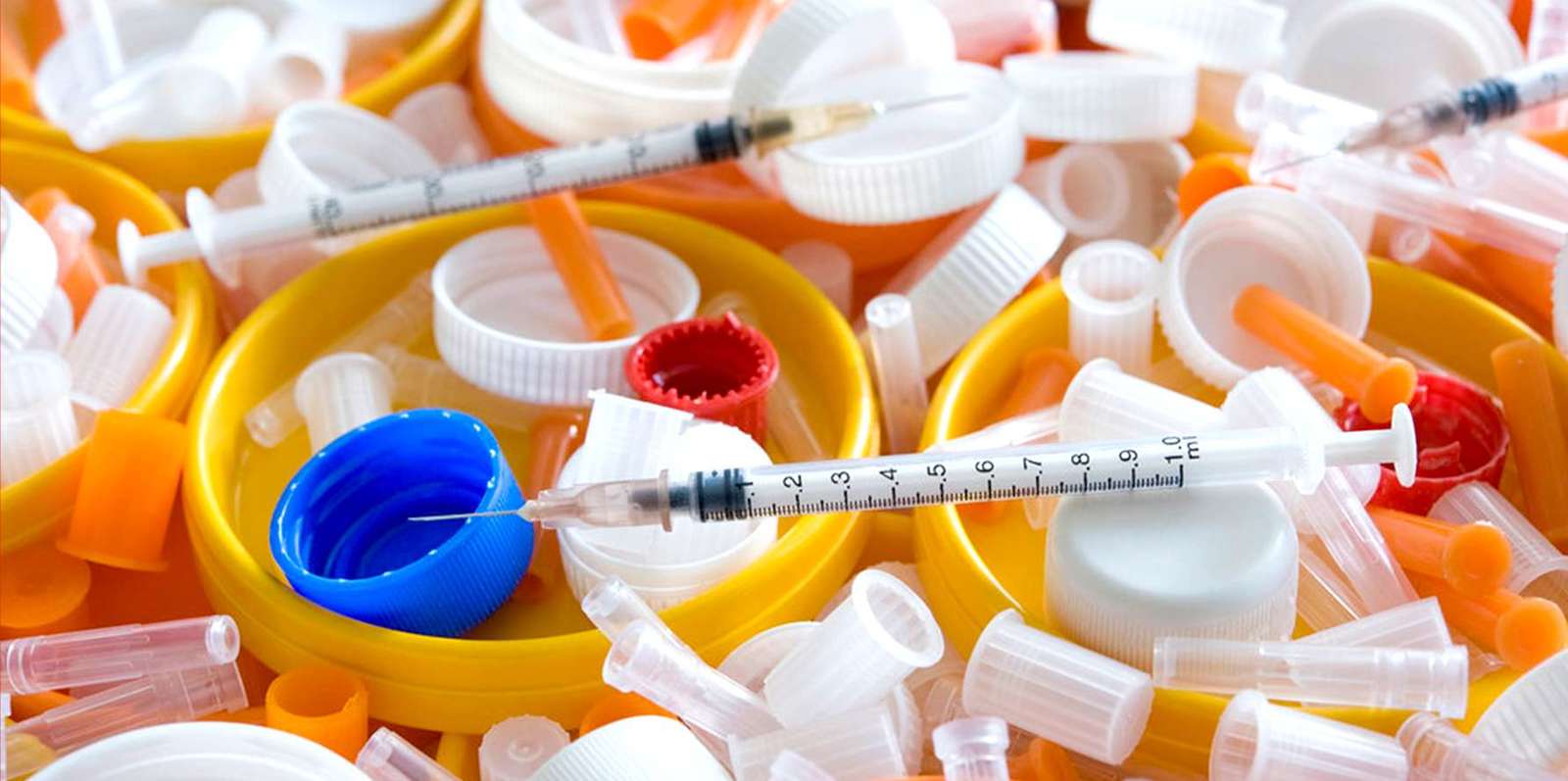Marcus Pickett
With so many reports that people aren’t getting enough medical care, it might seem surprising that many are receiving too much of it. A recent study by the Mount Sinai School of Medicine looked into unnecessary care in primary care settings and found almost $7 billion in waste.

Waste in primary care
The Mount Sinai researchers estimate $6.7 billion wasted in 2009 in the areas of family care, pediatrics and internal medicine. Eighty-six percent of that was the result of prescribing brand-name drugs to treat high cholesterol, as opposed to equally effective generic versions.
Other sources of unnecessary care and wasted resources included the following, according to the study:
- During physical exams, more than half of complete blood work ordered was unnecessary, resulting in more than $32 million in excess costs.
- Unnecessary bone density scans in younger women accounted for more than $527 million.
- CT scans, MRIs or X-Rays in people complaining of back pain accounted for $175 million in excess health care costs.
- Over-prescription of antibiotics for children with sore throats, excluding cases of strep throat or fever, accounted for $116 million in unnecessary costs. Pediatric cough medicine also was overprescribed.
- Other sources of waste included needless annual echocardiograms, urine testing and pap tests.
The Mount Sinai study is not the only one to uncover waste in health care. In a 2008 study, PricewaterhouseCoopers ventured beyond primary care to take a look at all parts of the health care industry — and discovered $1.2 trillion in wasteful spending. It placed the waste into three categories:
- Behavioral: Patients’ habits and behaviors led to health problems. These health problems could have been avoided with non-medical interventions (such as a better diet and exercise). But because the unhealthy behavior continued, expensive medical interventions became necessary.
- Clinical: The medical care itself was considered inappropriate because of overuse, misuse or under-use of particular interventions, missed opportunities for earlier interventions, and errors. Undoing the damage cost more money than getting it right the first time.
- Operational: Administrative costs added expenses without creating better care for the patient.
Cutting down on waste
With a shortage of primary care doctors, cutting primary care waste will be a challenge. Because physicians are strapped for time, there may not be time during the appointment to discuss health issues that could benefit from early, cost-effective interventions. Patients are often strapped for time as well — and they may not make the time for annual doctor appointments.
A Thomson Reuters white paper outlines some areas where waste can be trimmed. According to the paper, the following amounts can be cut from various parts of the health care industry:
- Administrative inefficiencies ($100 billion to $150 billion): Time-consuming paperwork and bureaucratic hurdles are a part of large medical organizations — but many of them don’t improve patient care
- Provider inefficiency and errors ($75 billion to $100 billion): Too many tests and inefficient scheduling keep patients in the hospital longer.
- Lack of care coordination ($25 billion to $50 billion): When health care providers don’t coordinate with each other, tests might be duplicated and diagnosis delayed.
- Unwarranted use ($250 billion to $325 billion): Prescribing brand-name drugs when a generic would work and doing high-cost tests on low-risk patients all add up.
- Preventable conditions and avoidable care ($25 to $50 billion): When outpatient care or primary care isn’t avoidable, patients delay care and end up in the emergency room.
Fraud and abuse ($125 billion to $175 billion): Insurance fraud, kickbacks for referrals and abuse of the system are costing everyone money.
